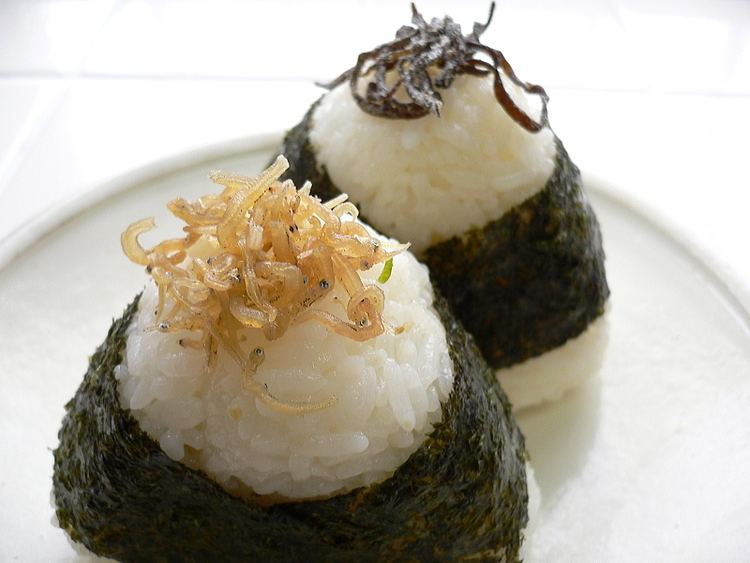 | ||
Similar | ||
How to make onigiri simple japanese lunch snack
O-nigiri (お握り or 御握り; おにぎり), also known as o-musubi (お結び; おむすび), nigirimeshi (握り飯; にぎりめし) or rice ball, is a Japanese food made from white rice formed into triangular or cylindrical shapes and often wrapped in nori (seaweed). Traditionally, an onigiri is filled with pickled ume (umeboshi), salted salmon, katsuobushi, kombu, tarako, or any other salty or sour ingredient as a natural preservative. Because of the popularity of onigiri in Japan, most convenience stores stock their onigiri with various fillings and flavors. There are even specialized shops which only sell onigiri to take out. Due to the popularity of this trend in Japan, selling onigiri in small shops has spread to other parts of the world, such as Taiwan, China, Hong Kong, South Korea, Thailand, Switzerland, Hawaii, New York City, London, Australia, Canada, Brazil, and parts of California.
Contents
- How to make onigiri simple japanese lunch snack
- How to make onigiri japanese rice balls ochikeron create eat happy
- Overview
- History
- Mass manufacturing
- Rice
- Fillings
- References
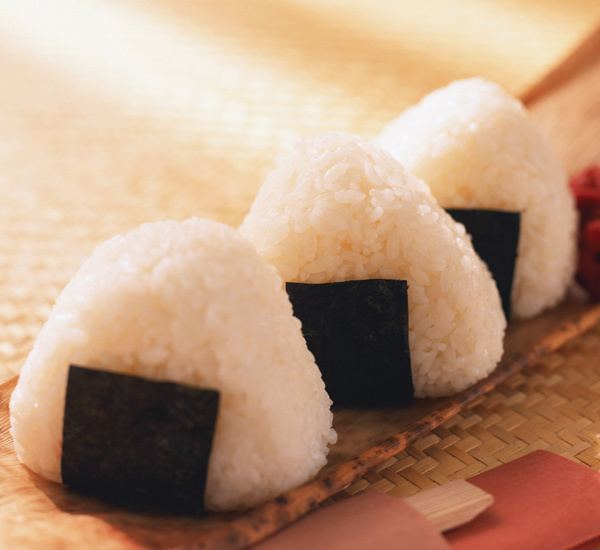
How to make onigiri japanese rice balls ochikeron create eat happy
Overview
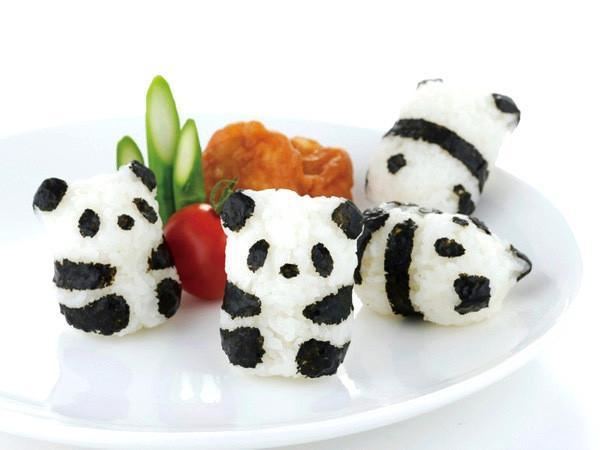
Despite common misconceptions, onigiri is not a form of sushi. Onigiri is made with plain rice (sometimes lightly salted), while sushi is made of rice with vinegar, sugar and salt. Onigiri makes rice portable and easy to eat as well as preserving it, while sushi originated as a way of preserving fish.
History

In Murasaki Shikibu's 11th-century diary Murasaki Shikibu Nikki, she writes of people eating rice balls. At that time, onigiri were called tonjiki and often consumed at outdoor picnic lunches. Other writings, dating back as far as the seventeenth century, state that many samurai stored rice balls wrapped in bamboo sheath as a quick lunchtime meal during war, but the origins of onigiri are much earlier even than Lady Murasaki. Before the use of chopsticks became widespread, in the Nara period, rice was often rolled into a small ball so that it could be easily picked up. In the Heian period, rice was also made into small rectangular shapes known as tonjiki so that they could be piled onto a plate and easily eaten.
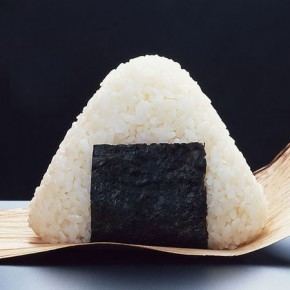
From the Kamakura period to the early Edo period, onigiri was used as a quick meal. This made sense as cooks simply had to think about making enough onigiri and did not have to concern themselves with serving. These onigiri were simply balls of rice flavored with salt. Nori did not become widely available until the Genroku era in the mid-Edo period, when the farming of nori and fashioning it into sheets became widespread.
Mass manufacturing

It was believed that onigiri could not be mass-produced as the hand-rolling technique was considered too difficult for a machine to replicate. In the 1980s, however, a machine that made triangular onigiri was devised. This was initially met with skepticism because, rather than having the filling traditionally rolled inside, the flavoring was simply put into a hole in the onigiri and the hole was hidden by nori. Since the onigiri made by this machine came with nori already applied to the rice ball, over time the nori became unpleasantly moist and sticky, clinging to the rice.
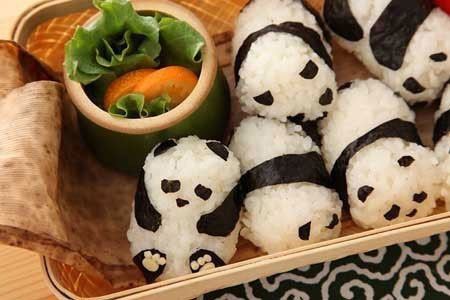
A packaging improvement allowed the nori to be stored separately from the rice. Before eating, the diner could open the packet of nori and wrap the onigiri. The limitation of the machines that required using a hole for filling the onigiri (instead of rolling the filling with the rice) made new flavors of onigiri easier to produce as this cooking process did not require changes from ingredient to ingredient. Modern mechanically wrapped onigiri are specially folded so that the plastic wrapping is between the nori and rice to act as a moisture barrier. When the packaging is pulled open at both ends, the nori and rice come into contact.
Rice
Usually, onigiri is made with boiled white rice, though it is sometimes made with different varieties of cooked rice, such as:
Fillings
Umeboshi, okaka, or tsukudani have long been frequently used as fillings for onigiri. Generally, onigiri made with pre-seasoned rice (see above) is not filled with ingredients.
Typical fillings are listed below.
